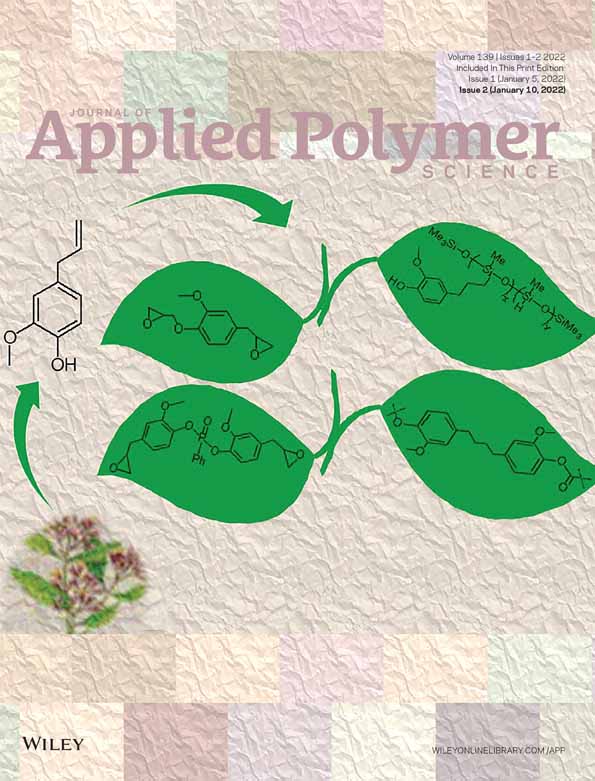Preparation and performance of a kitchen waste oil-modified polyvinyl alcohol-grafted urea slow-release fertilizer
Funding information: National Key Research and Development Program of China, Grant/Award Number: 2018YFC1903500
Abstract
Slow-release fertilizers (MSRFs) are effective in improving fertilizer utilization and reducing environmental fertilizer pollution. In this study, polyvinyl alcohol (PVA) was modified with kitchen waste oil (KWO) and grafted with urea to prepare a urea MSRF. FTIR, Scanning electron microscopy, X-ray diffraction and water contact angle were used to study the MSRF structure and properties. The effects of the nitrogen content on its properties were also investigated through release performance and degradation behavior evaluation and plant experiments. The results showed that the oil-based polyalcohol-modified PVA (OPMPVA) solution prepared from KWO had good compatibility with the urea-modified compound hydroxylurea, and the prepared MSRF had good hydrophobicity, degradation and slow-release properties. The nutrient release period reached more than 20 days, and the degradation rate after 30 days reached 10.2%. Plant experiments showed that the MSRF prepared in this research has good application potential, and the utilization of nitrogen nutrients was improved.
CONFLICT OF INTEREST
The authors declare no competing financial interest.




